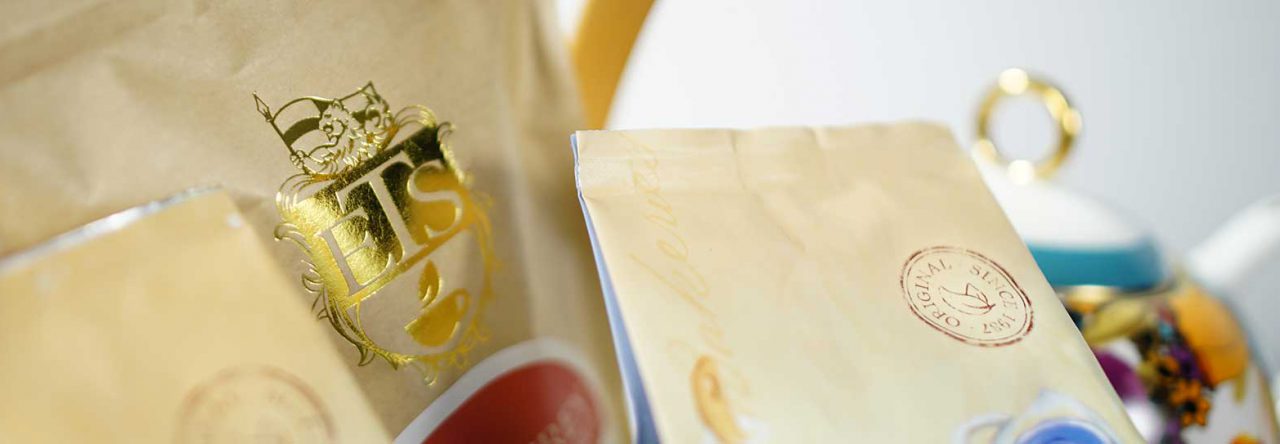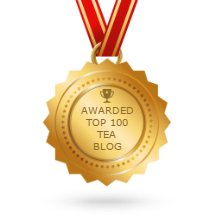by Stephanie Hanson
Gardening season is drawing to a close for many here on the East Coast. Fall flowers are in full bloom, and we still have apples, pumpkins, and root vegetables to look forward to. And yet, its almost time to start thinking about next year’s garden, thinking about what could be improved. Or perhaps you wistfully wish that you could have grown a few things this year, but weren’t quite sure how to begin.

Have you ever considered a tea garden? Or, to be more specific, a tisane garden? Camellia sinensis is a temperate plant that takes years to mature, but that doesn’t mean you can’t have a fabulous herbal tea garden, and perhaps even create blends with imported teas.
Even if you don’t have much of a yard or a yard at all, many herbs do quite well growing in containers. For a great book about container gardening, I recommend the Encyclopedia of Container Gardening by Geoffrey Burnie. Finding a good gardening book is key, since I don’t have enough space here to talk about soil quality and gardening zones. Instead, here are some herbs to get your garden started.
Lemon verbena might take a little extra work, but it has wonderful lemon-scented leaves that make a lovely light tea.
Chamomile of course is one of the classic herbal teas, great for relaxing in the evening. There are two common varieties, Roman and German.

Lavender is another herb famous for relaxation. It seems to be popping up more and more lately. Must be our stressful lifestyle. But lavender does have a wonderful aroma.
Mint might be the easiest of all herbs to grow, as it really acts like more of a weed. There are many varieties of mint, from chocolate to peppermint. Almost all of them grow well in containers.
Catnip isn’t just for cats. It’s actually an ingredient in many herbal tea blends. There’s also catmint. Just watch out for greedy felines that might invade your tea garden.
Don’t neglect culinary herbs such as basil, rosemary, and sage, which can add a nice savory note to blends.
Once you’ve grown the herbs, you can dry them by hanging them in a dark dry place if you live in a dry environment. If you live in a more humid environment, to avoid mold you can dry them on a low temperature in the oven or purchase a dehydrator. Dry some fruit while you’re at it, to create your own signature blend. Good luck!
Check out Stephanie’s site, The Tea Scoop, for more great articles!



Leave a comment